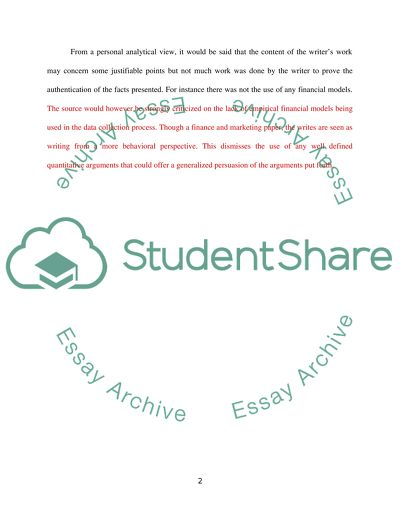Cite this document
(“Loss Aversion Essay Example | Topics and Well Written Essays - 1000 words”, n.d.)
Retrieved from https://studentshare.org/english/1593311-loss-aversion
Retrieved from https://studentshare.org/english/1593311-loss-aversion
(Loss Aversion Essay Example | Topics and Well Written Essays - 1000 Words)
https://studentshare.org/english/1593311-loss-aversion.
https://studentshare.org/english/1593311-loss-aversion.
“Loss Aversion Essay Example | Topics and Well Written Essays - 1000 Words”, n.d. https://studentshare.org/english/1593311-loss-aversion.


